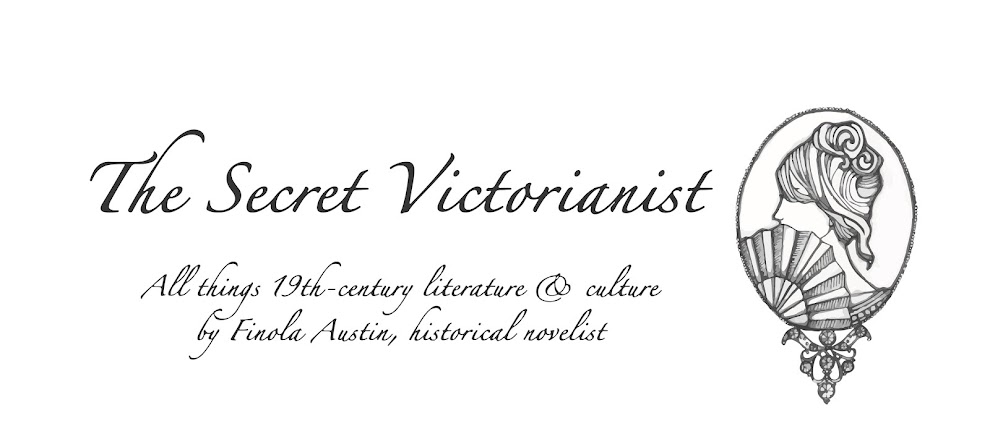Writing drunkenness is similarly challenging. Readers must be aware that a character is inebriated, without the scene appearing unnecessarily exaggerated. If your POV character is drunk, you face even more problems. You can’t rely on wobbly camerawork as you might in a film but the narrative must still be filtered through a warped perspective.
In today’s blog post I’m going to examine three techniques Thackeray employs in Chapter VI of Vanity Fair (1847-8) to tell the story of Jos Sedley being a little the worse for wear at Vauxhall. Thackeray’s omniscient narration makes writing such a passage simpler than it might be to execute in a close third person, but writers in all POVs could employ these same techniques.
 |
| 'Mr Joseph in a state of excitement'; illustration to Chapter VI of Vanity Fair |
1. Name your Poison
First up, remember that readers of novels are primed to read for ‘clues’ to future plot developments.
If heterosexual couples have sex, readers look for potential pregnancies. If a gun is mentioned, readers anticipate that it might go off. In the same way, any mention of alcohol will make readers more observant of any symptoms of intoxication.
That’s why Thackeray is specific about what Jos orders for the party at Vauxhall:
‘He made the salad; and uncorked the Champagne; and carved the chickens; and ate and drank the greater part of the refreshments on the tables. Finally, he insisted upon having a bowl of rack punch; everybody had rack punch at Vauxhall. "Waiter, rack punch."’
2. Concentrate on the Reactions of Others
Next, rather than describing the behaviour of the drunk person himself/herself, experiment with outlining the reactions of those surrounding him/her.
Drunk people are prone to creating something of a spectacle and often remain ignorant of how they are upsetting their companions. This is the sensation Jos causes at Vauxhall to the consternation of Osborne, Becky and Amelia:
‘[Jos] talked and laughed so loud as to bring scores of listeners round the box, much to the confusion of the innocent party within it…volunteering to sing a song (which he did in that maudlin high key peculiar to gentlemen in an inebriated state), he almost drew away the audience who were gathered round the musicians in the gilt scollop-shell, and received from his hearers a great deal of applause. "Brayvo, Fat un!" said one; "Angcore, Daniel Lambert!" said another; "What a figure for the tight-rope!" exclaimed another wag, to the inexpressible alarm of the ladies, and the great anger of Mr. Osborne.’
3. Show Progression
Finally, when you do come to describe the drunken character make sure there is some progression in his or her behaviour.
Drunk people are inconsistent. They can veer from exuberantly happy to miserable in a matter of moments. Make your character more volatile and emotionally susceptible than he/she would be usually.
Jos becomes a more aggressive lover when under the influence:
‘"Stop, my dearest diddle-diddle-darling," shouted Jos, now as bold as a lion, and clasping Miss Rebecca round the waist.’
His early exuberance is soon replaced by tears of sentimentality and regret:
‘Seizing Captain Dobbin's hand, and weeping in the most pitiful way, he confided to that gentleman the secret of his loves. He adored that girl who had just gone out; he had broken her heart, he knew he had, by his conduct; he would marry her next morning at St. George's, Hanover Square.'
And we learn the next day that at the end of the night he becomes violent, and finally helpless:
‘"He wanted to fight the 'ackney-coachman, sir. The Capting was obliged to bring him upstairs in his harms like a babby."’
Think about the stages of drunkenness, what they’ll reveal about your characters and how they might advance your plot.
What would you like the Secret Victorianist to write about next? Let me know—here, on Facebook or by tweeting @SVictorianist.




